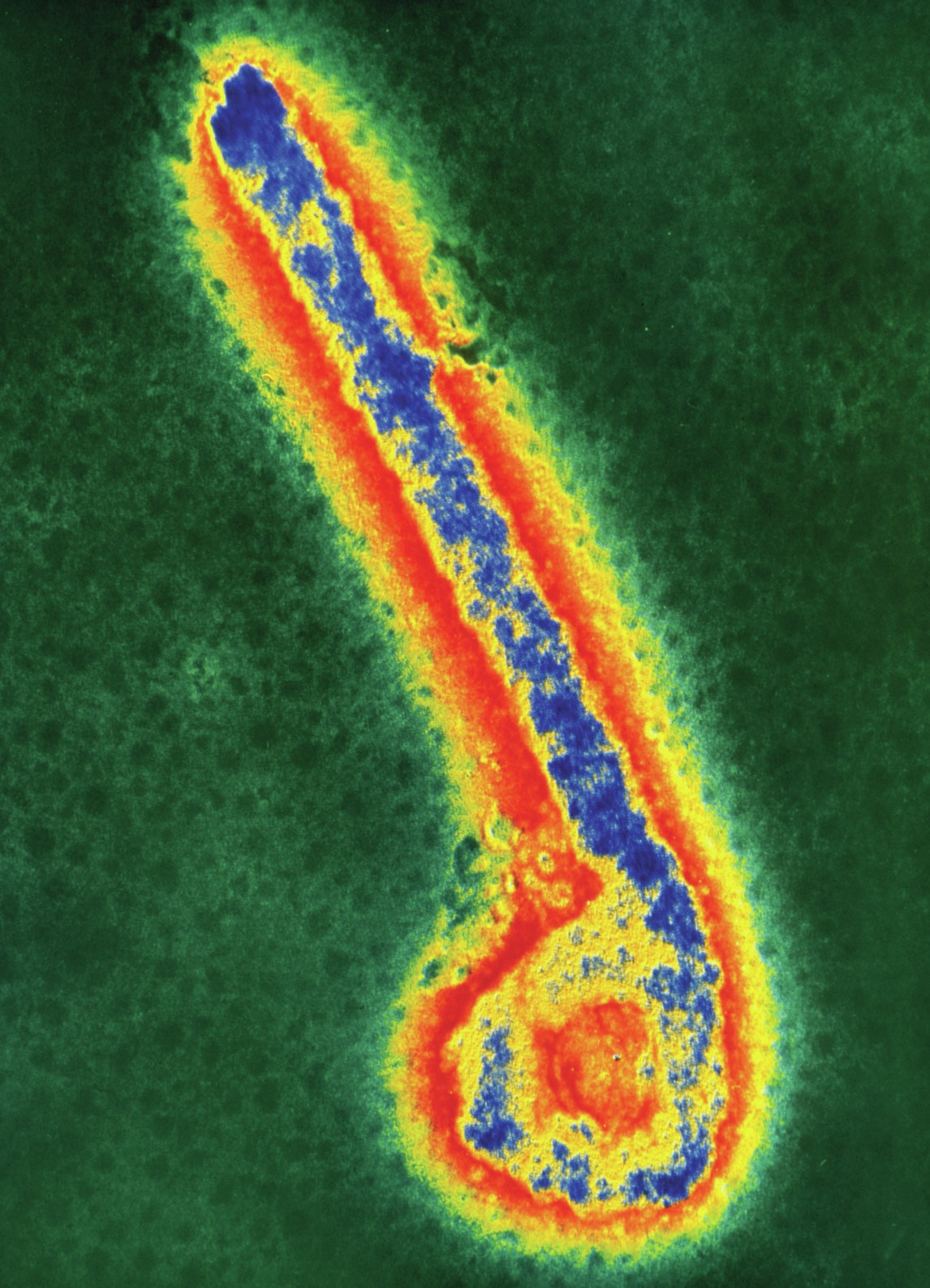
Infection with the Ebola virus results in fever, vomiting, internal and external bleeding and multiple organ failure. Death follows infection in 50–90% of human cases. Since 1976 there have been several reported outbreaks of the disease and the number of outbreaks increases every year. The virus is thought to spread to humans when they come into contact with an infected animal host, such as a monkey. The virus is highly contagious and, to date, there are no approved vaccines or preventative treatments against Ebola. To prevent future outbreaks, an effective treatment for Ebola infection is required urgently.
To create an effective treatment, it is essential to understand how the virus infects human cells. The Ebola virus has a filamentous, thread-like structure. To infect a cell, the virus uses a specialised glycoprotein carried on its surface coat. When the virus enters a person’s body, the glycoprotein attaches the virus to a cell. Once attached, the glycoprotein changes its structure and becomes activated. This activation allows the virus to fuse with the cell and infect it.
Your organisation does not have access to this article.
Sign up today to give your students the edge they need to achieve their best grades with subject expertise
Subscribe




